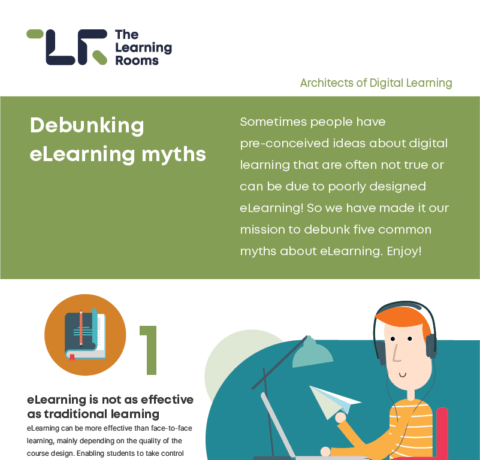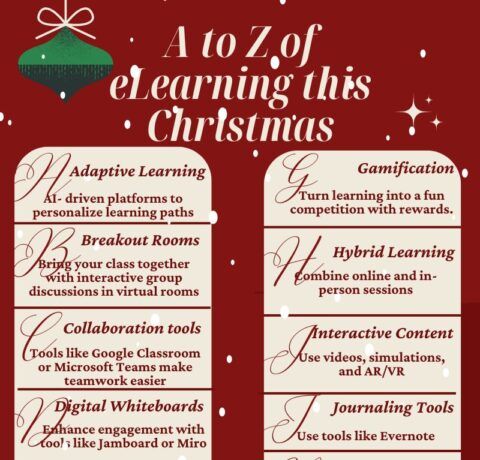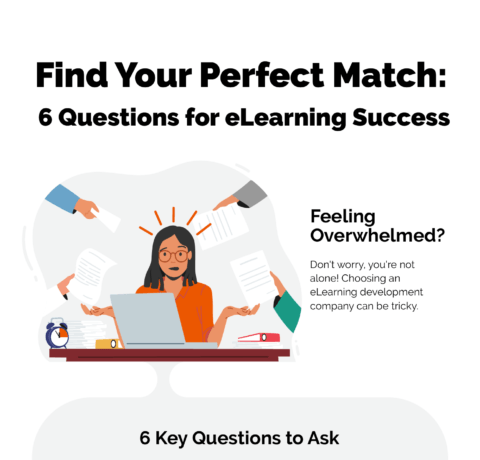3 Key Steps to a Successful eLearning Course Infographic
Instructional design is the backbone of any successful training course. The systematic development of instruction affects how well your audience comprehends and retains the material. Understanding the learners and determining the most effective way to transfer information to them is crucial to getting the most out of your training investment.
This 3 Key Steps to a Successful eLearning Course Infographic outlines the 3 steps in the course building cycle that should be considered closely when selecting the instructional design best fit for your learning objectives.
Analysis & Outline
- Analyze learner audience characteristics and organizational needs and validate against the requirements and training needs identified
- Perform a task analysis to identify the facts, concepts, principles, and skills required for effective performance and to identify related content resources that can be used for design
- Once content gaps and queries have been validated and resolved, create the learning objectives, content structure, and outline
- The content outline is required to finalize the course objectives and the course structure (module and learning object titles)
Design Document
- Based on the approved content outline, create a design document that outlines the instructional strategy at the module/chapter/topic levels
- Any content gaps identified will be discussed with the Subject Matter Experts
- Finalize the instructional and visual strategy that will be followed for the course at the module/learning object levels
Storyboard
- Develop storyboards, which define exact, step-by-step details of individual screen and media creation for every topic.
- Storyboarding and technical writing is performed by instructional/technical writers with the following responsibilities:
- Define writing strategy/tone
- Give input during creation of the functional design specification
- Define templates for storyboarding
- Create and update writing guidelines and checklists; drive quality and consistency
- Create storyboards
- Collaborate with the ID/Lead Graphic Designer to visualize content
- Review storyboards for content validity and language integrity
- Analyze feedback and update storyboards
eLearning Course Development Process
Lionbridge has expertise in the full range of structural design planning, development, QA and deployment. Our approach integrates seamlessly into your course development flow with services and resources for any or all steps of the process — from analysis to globalization.
Determine Learning Objectives & Tests
- Knowledge
- Comprehension
- Application
- Analysis
- Synthesis
- Evaluation
Identify Content Types
- Facts
- Concepts
- Procedures
- Processes
- Principles
Identify Essential Content Definitions
- Steps
- Decisions
- Examples/
- Non-Examples
- Rules & Consequences
Choose Instructional Strategy
- Expository/Exploratory
- Progressive Disclosure
- Self Discovery
- Case Studies
- Simulated Dialogs
Create Storyboards
Create Storyboards using the chosen instructional modes and strategies.
Determine Localization Objectives
Ensure development plan accommodates target-culture social, demographic and technical preferences







You can adjust your cookie preferences here.